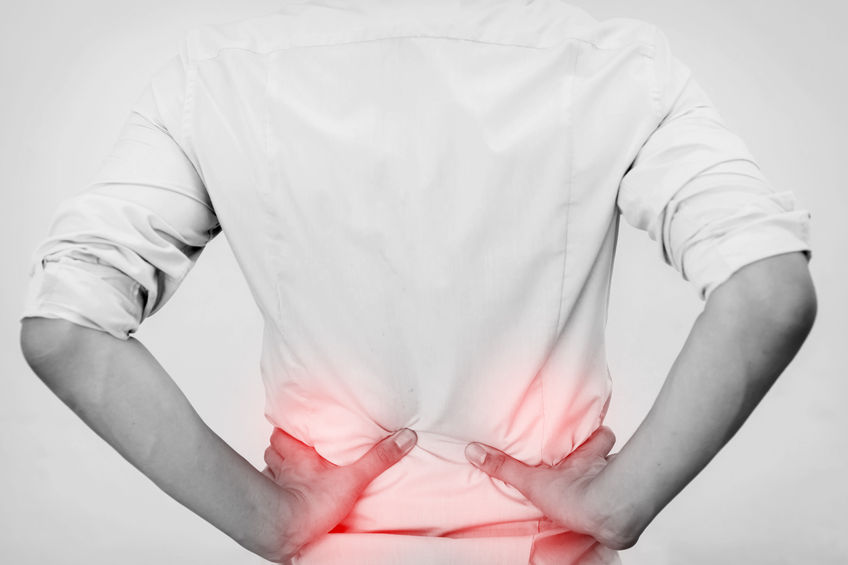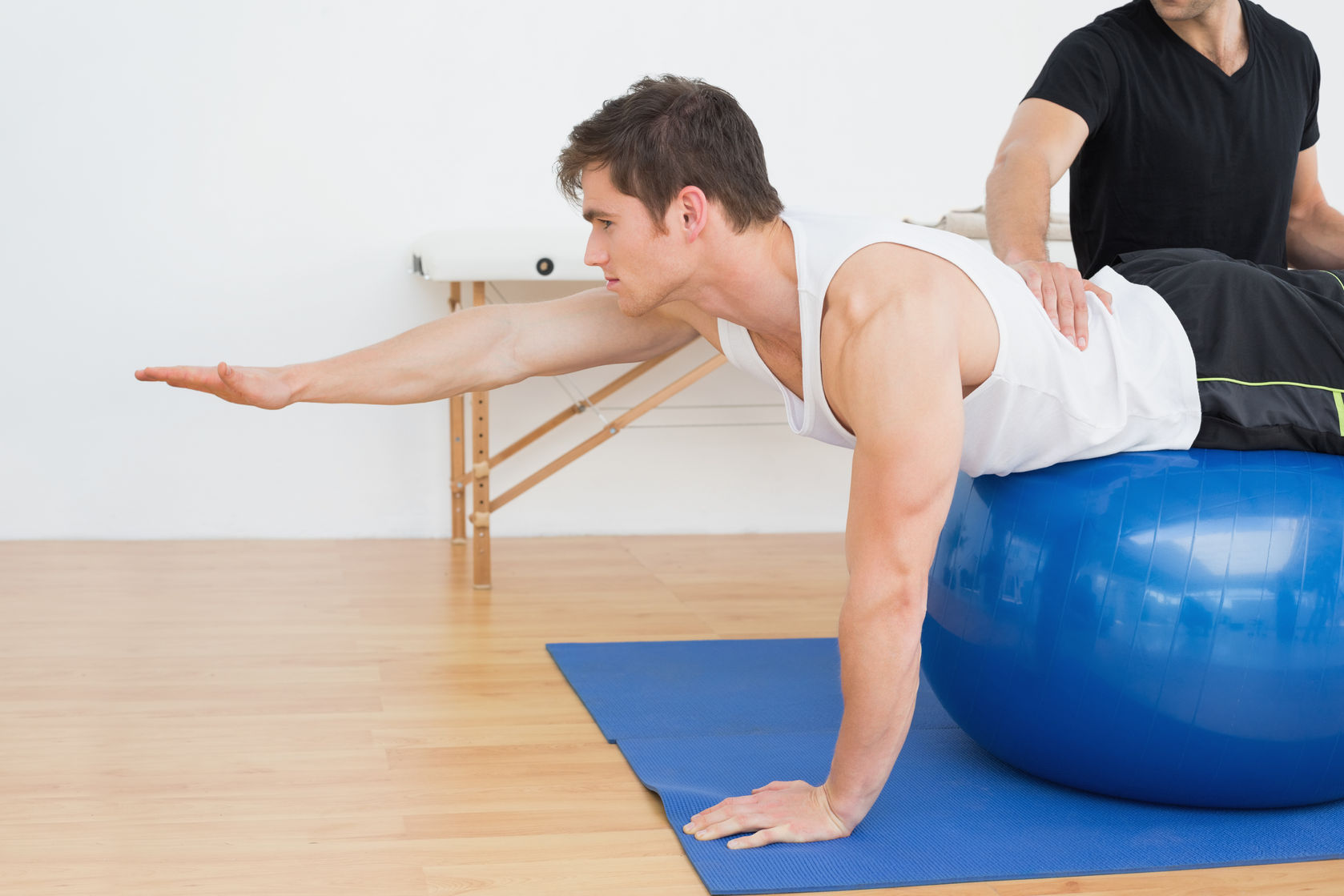Osteopathy for Low Back Pain
According to the Australian Institute of Health and Welfare, there are approximately 2.8 million Australians currently living with back pain and disc disorders. That’s a whopping 11.6% of the population… but it gets worse…
Over our lifetimes around 80% of us will have a significant or debilitating episode of back pain at some point!
Low back pain is typically a complex or multifactorial problem that has both mechanical and neurological elements and the evidence would suggest that we get the best treatment results when we address both. A hands on Osteopathic approach to Low Back Pain can do just that, with massage, mobilisation and manipulation of tight or tender tissues, we can work to quieten over-sensitive nerves and improve movement, in all the areas that contribute to your back pain.
This type of treatment can have a profound effect on the way your low back moves, feels and functions, but it can also provide a valuable window of opportunity for us to then focus on rehabilitation and recurrence prevention. Manual Osteopathic techniques are a simple and effective way to remove restrictions and allow better movement and a return to full function.


To give you an idea of what these types of techniques actually look like we’ve provided a short video on the osteopathic treatment of a stiff or painful low back. In the video you’ll see one of our osteopaths, demonstrating some simple manual therapy techniques to improve lumbar mobility:
As always it is important to combine osteopathy with active management strategies like Clinical Pilates and resistance training to challenge the body and drive tissue adaptation. This is the only way to stimulate long term improvements in muscles, tendons, joints and nerves. But it is often the grass-roots Osteopathic manual techniques that can clear the way for these active treatment approaches.
This sort of treatment often has immediate benefits like improved spinal movement and decreased tension and pain sensitivity. You’ll usually notice these improvements from the minute you get back on your feet, creating that all important a window of opportunity for increased movement and activity like walking and bending.
Restoring function and progressive reloading are integral parts of the MOH active approach to back pain and injury. This is because they have been shown to be critical to successful recovery; the only way you can do more with less pain is to build functional capacity.
Want to know more?
You can learn more about the MOH approach to low back pain and improving back function by checking out blogs in the MOH Low Back series;
- Functional Osteopathic assessment of the Low Back
- Functional exercises for Low Back Pain
- Pilates for Low Back strength & stability
- Dead lifting for Lumbopelvic strength & control
- Myotherapy for low back pain
For more information, ideas and exercises check out our Health Tips blog.
